End of the road for 3.5 inch, fibre channel
Seagate predicts 3.5 inch drives and fibre channel interfaces are on the way out, in favour of smaller form factors and SAS.
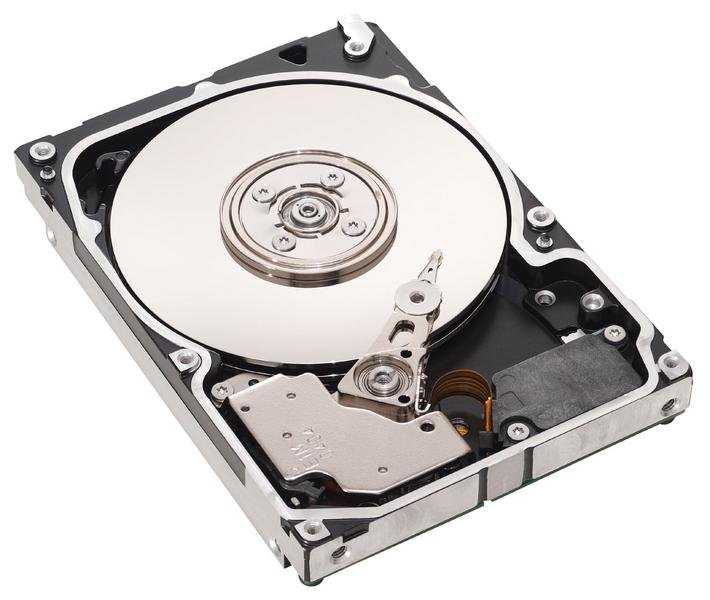

Smaller form factor disks and the serial attached SCSI (SAS) interface are set to become the norm in storage this year, according to Seagate.
John Bornholdt of Seagate Technology told attendees of Compellent's C-Drive customer conference in Minneapolis that SAS is the storage tech interface of the future.
Bornholdt predicted that fibre channel would shrink in market share, mostly because of gains by SAS. "We do see the end of the fibre channel in our roadmaps," he said. "SAS is really becoming the interface of the future in enterprise storage."
This year, the SAS interface accounted for about 48 per cent of the market, which Bornholdt predicted would increase to 57 per cent by 2010.
But he admitted that the technology still has some technical issues to be worked out before it takes over the market, including expanding to support NAS.
Bornholdt also said the beginning of next year would mark the tipping point for 2.5 inch drives becoming the norm over 3.5 inch drives in the mission critical enterprise storage space. He said the new 300 gigabyte models - which Seagate is releasing at the end of this year - is the key capacity for critical mass.
The smaller form factor means an increased air flow, making it easier to cool the systems. They also require about a quarter less power and create less heat, Bornholdt explained.
Sign up today and you will receive a free copy of our Future Focus 2025 report - the leading guidance on AI, cybersecurity and other IT challenges as per 700+ senior executives
Server OEMs are already predominately using the 2.5 inch disks, he said, but storage vendors will start switching this year, with the majority crossed over within the next three years.
This year, 56 per cent of mission critical enterprise storage is on 3.5 inch drives, with 43 per cent on the 2.5 inch drives. By 2011, 2.5 inch drives will have an 84 per cent market share, and solid state drives will have a six per cent share.
Indeed, Borholdt predicted solid state disks would start to make more of a showing in the enterprise market, but said it would be quite some time before it made financial sense. "I don't believe solid state will ever take over from rotating media across the board," he said, noting that capacity and price will keep other forms more popular.
He said the hard drive industry shipped about 144 million units last year, and the enterprise market alone saw nine per cent growth. According to its own statistics, Seagate is the enterprise market leader, with about a 58 per cent share.
Freelance journalist Nicole Kobie first started writing for ITPro in 2007, with bylines in New Scientist, Wired, PC Pro and many more.
Nicole the author of a book about the history of technology, The Long History of the Future.
-
 Gender diversity improvements could be the key to tackling the UK's AI skills shortage
Gender diversity improvements could be the key to tackling the UK's AI skills shortageNews Encouraging more women to pursue tech careers could plug huge gaps in the AI workforce
-
 Researchers claim Salt Typhoon masterminds learned their trade at Cisco Network Academy
Researchers claim Salt Typhoon masterminds learned their trade at Cisco Network AcademyNews The Salt Typhoon hacker group has targeted telecoms operators and US National Guard networks in recent years
-
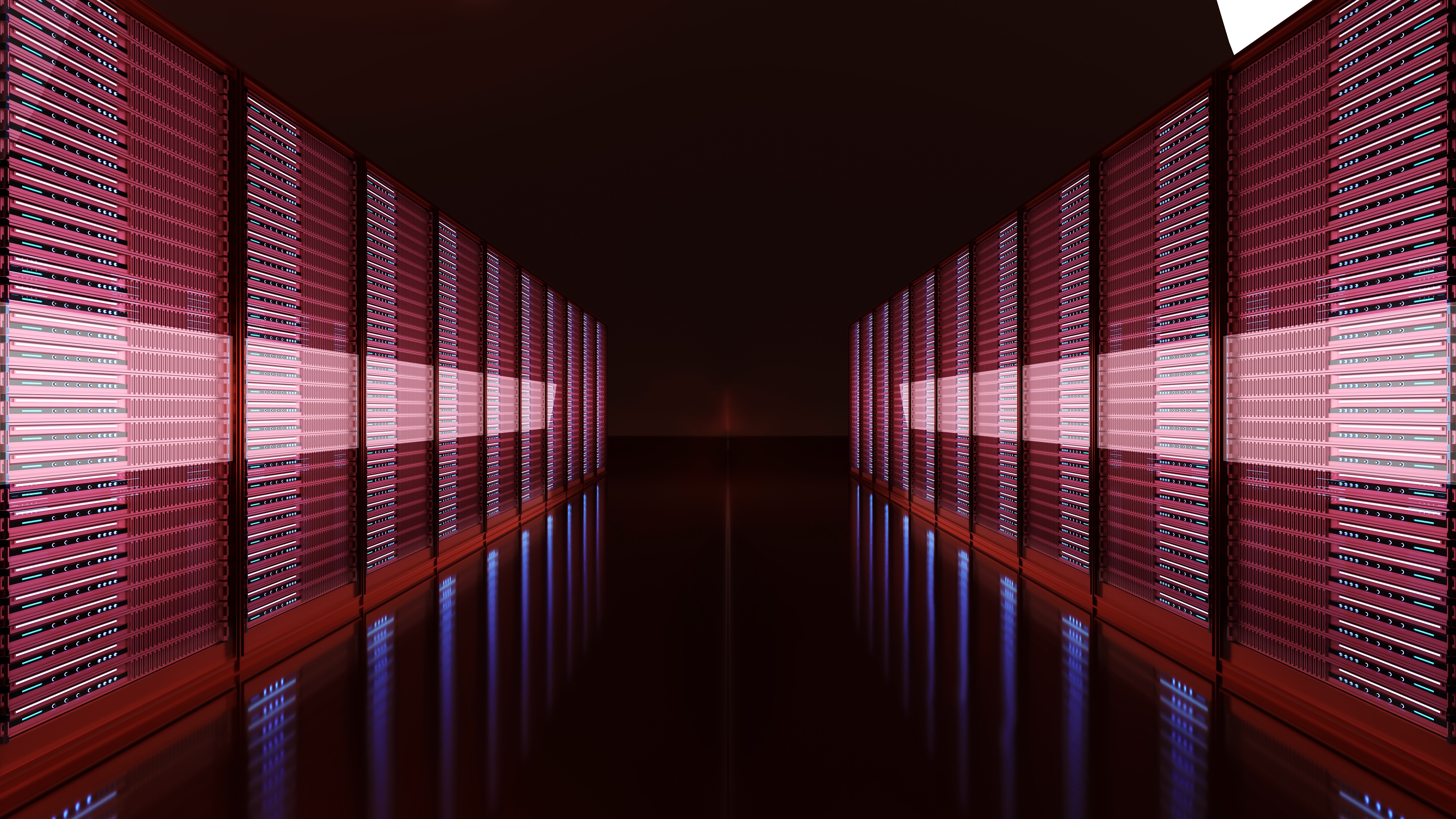 Sustainability is more than a flash-in-the-pan topic for the data storage industry
Sustainability is more than a flash-in-the-pan topic for the data storage industryAnalysis Rising energy costs and concerns over the environmental impact of data centers are prompting a shift away from power-hungry disk drives
-
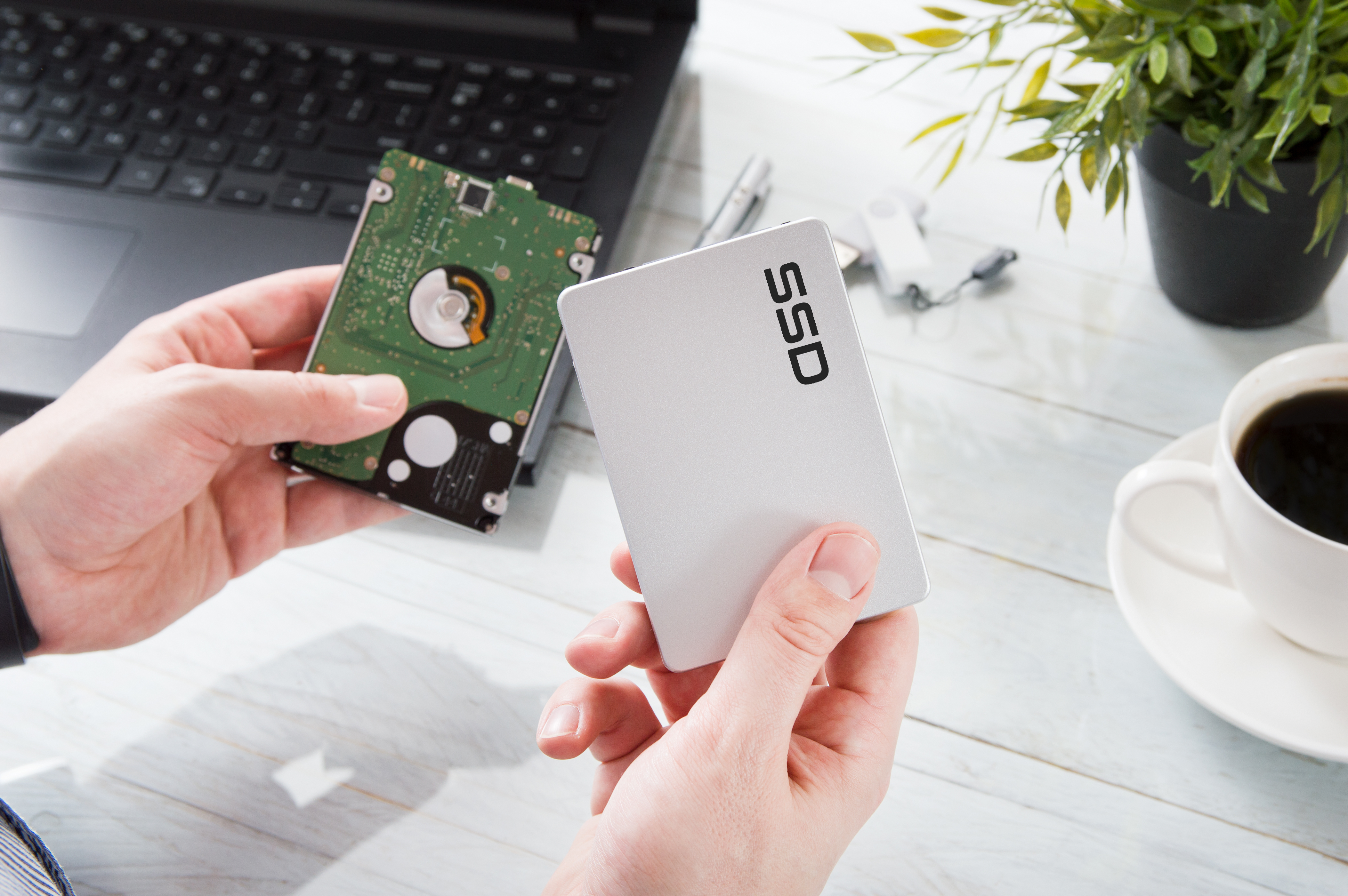 HDD vs SSD: Which storage solution is best for you?
HDD vs SSD: Which storage solution is best for you?Vs You can have your storage cheap and slow or fast and pricey
-
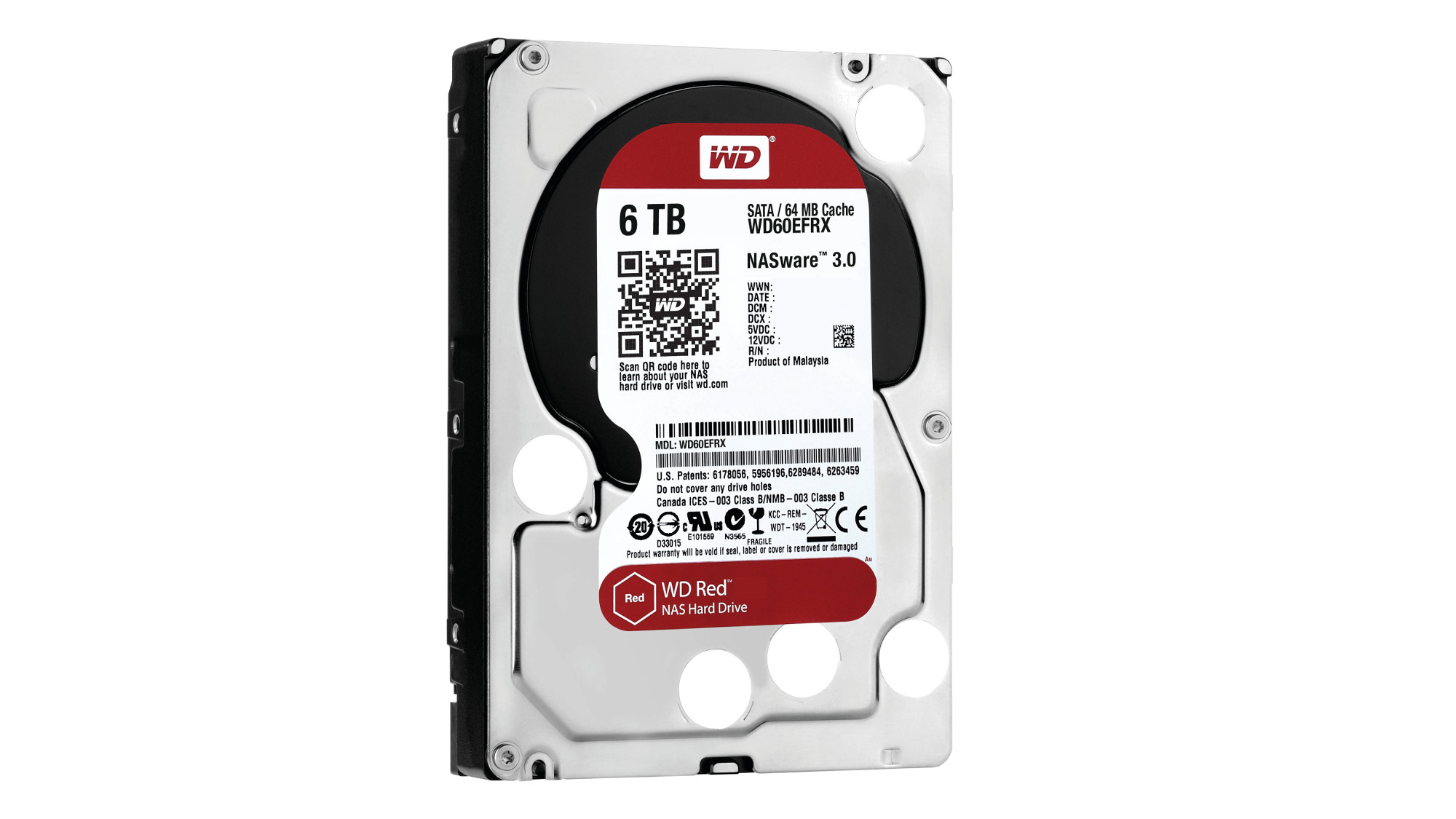 WD Red 6TB review
WD Red 6TB reviewReviews A high quality HDD that makes for fast NAS drives, but the price could be more competitive
-
 Toshiba N300 High-Reliability Hard Drive review
Toshiba N300 High-Reliability Hard Drive reviewReviews A powerful and well-priced hard disk designed for NAS devices, but smaller capacities would be good to see
-
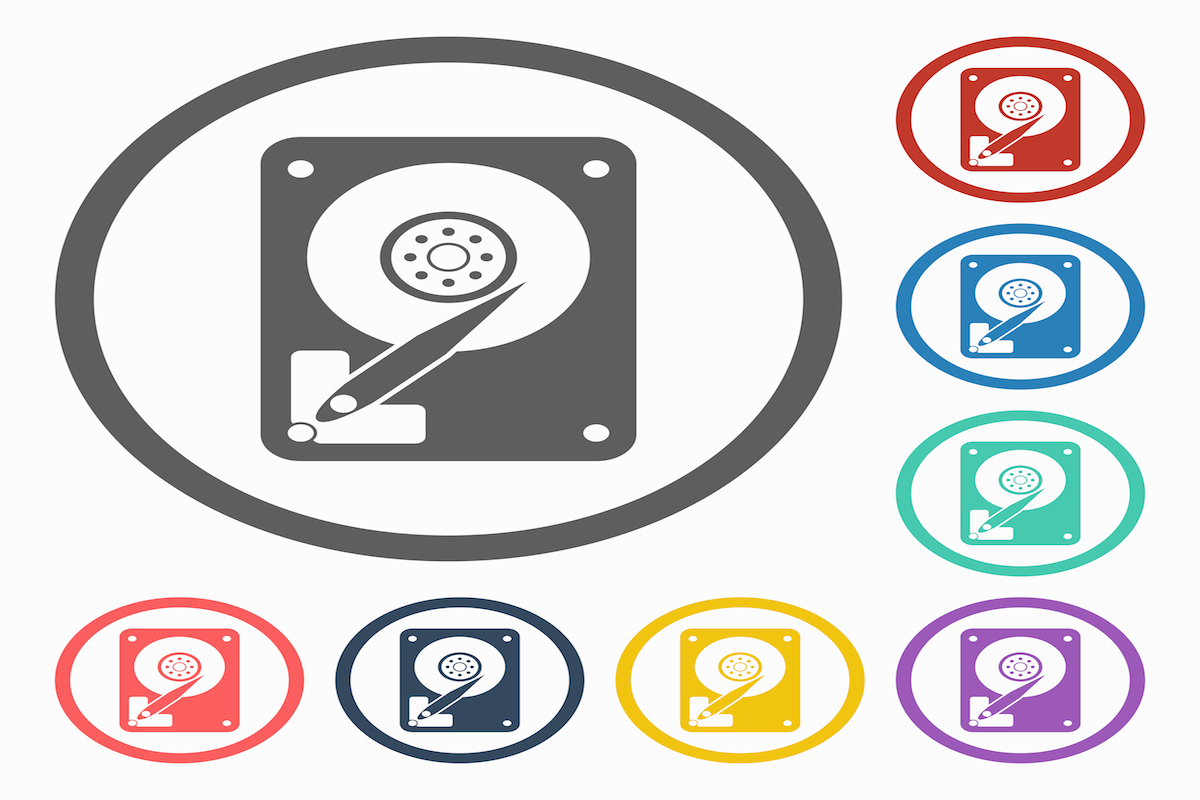 How to choose the right disk utility
How to choose the right disk utilityIn-depth Steve Cassidy provides some practical guidance as to how to ensure you make the right decision when it comes to disk utilities...
-
 EMC reaffirms flash storage commitment
EMC reaffirms flash storage commitmentNews Storage giant hints at new flash offerings to be unveiled later this year.
-
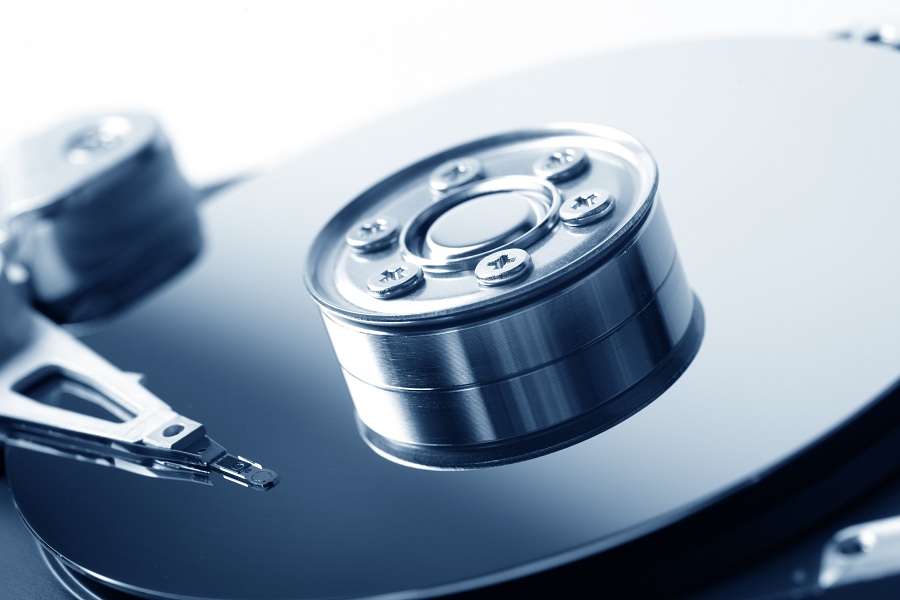 Toshiba unveils 4TB hard disk drive
Toshiba unveils 4TB hard disk driveNews Latest hardware has been optimised to meet enterprise and cloud service provider storage needs, company claims.
-
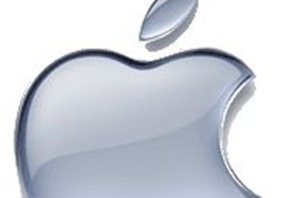 Apple extends faulty hard drive replacement programme
Apple extends faulty hard drive replacement programmeNews Faulty Seagate 1TB drives found in older iMac models.
